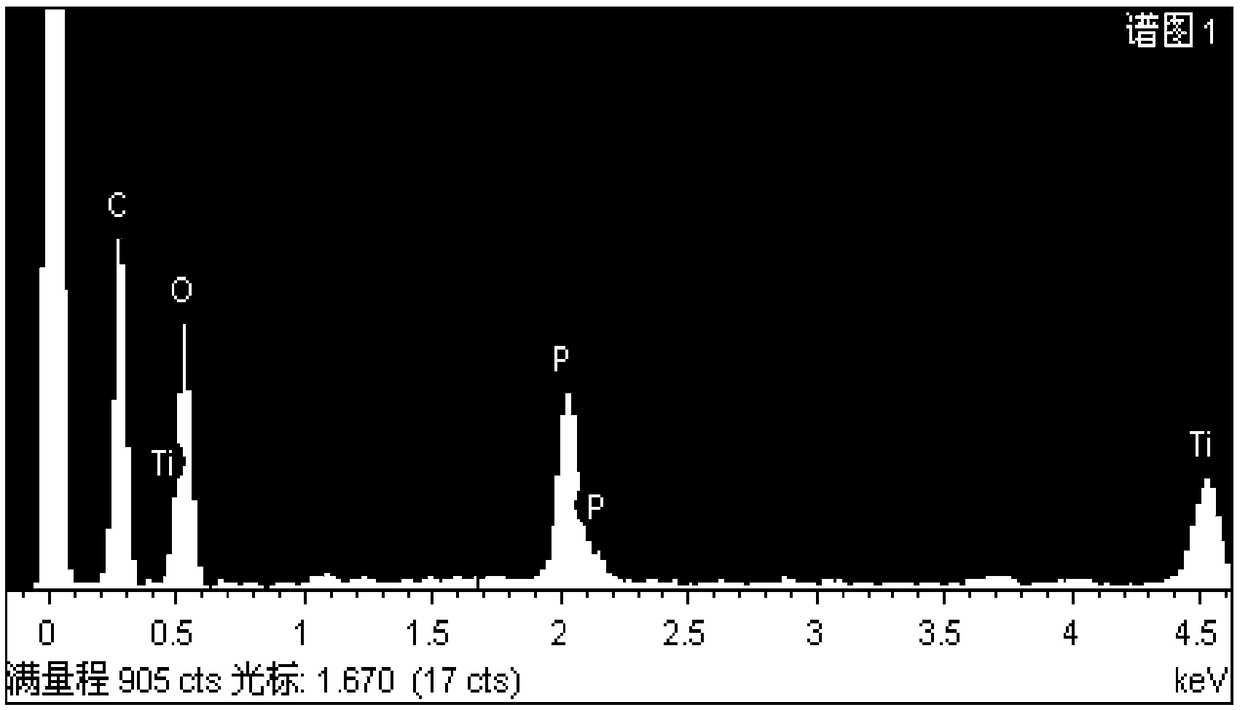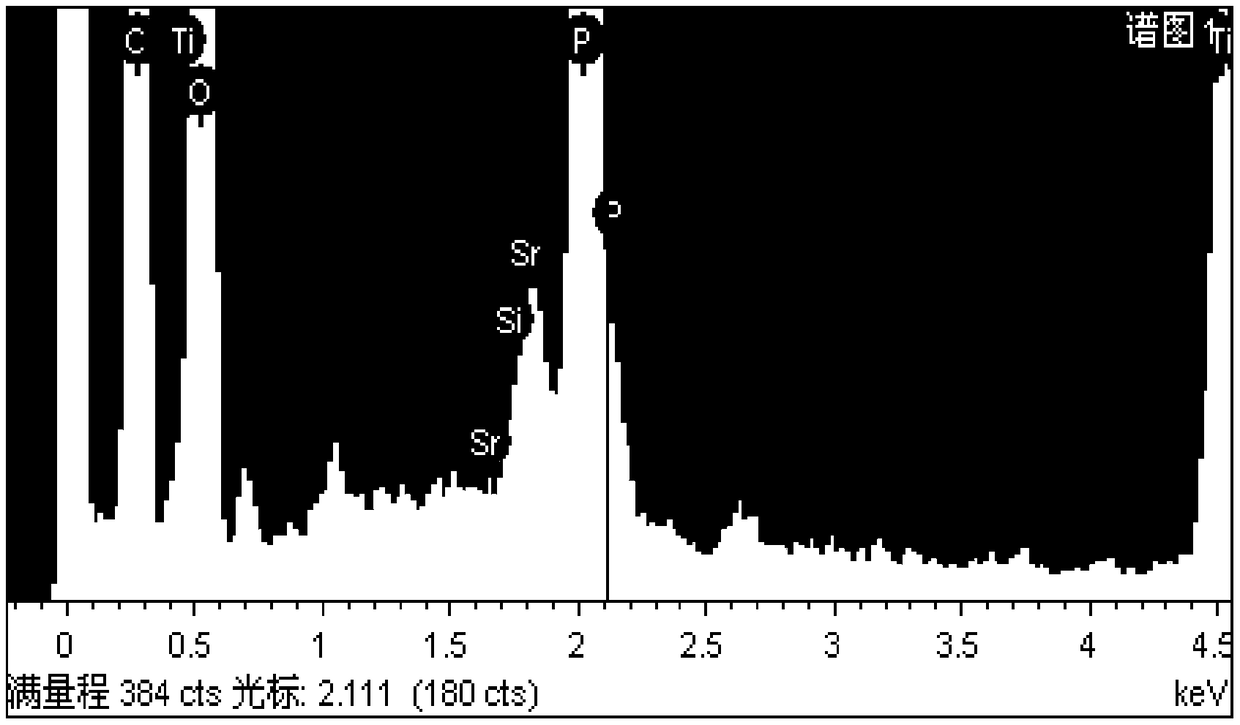Method for adsorption separation of radioactive strontium-containing wastewater by hybrid membranes
An adsorption separation, hybrid membrane technology, applied in radioactive purification, nuclear engineering and other directions, can solve the problems of excessive use of chemical deposition reagents, difficult to meet actual needs, incomplete strontium ion treatment, etc., to achieve convenient cleaning and regeneration, increase resistance. Radiation performance, the effect of increasing the removal effect
- Summary
- Abstract
- Description
- Claims
- Application Information
AI Technical Summary
Problems solved by technology
Method used
Image
Examples
Embodiment 1
[0041] A method for adsorbing and separating radioactive strontium-containing wastewater with a hybrid membrane, the specific steps are as follows:
[0042] (1) the preparation of the PVA aqueous solution that mass percent concentration is 5%
[0043]Add 50g of polyvinyl alcohol (PVA) with an average degree of polymerization of 1750±50 to a 500mL container equipped with a stirrer, then add an appropriate amount of deionized water, and in the air at a temperature of 93°C, continuously stir the PVA in the container. The mixture of PVA and water until the PVA is completely dissolved, continue to stir for 4 hours to obtain a solution, after cooling, transfer the solution to a 1000mL volumetric flask, add a certain amount of deionized water, shake evenly, and then add an appropriate amount of deionized water until the solution reaches Up to the full scale of the volumetric flask, shake it evenly again to prepare 1000g of PVA aqueous solution with a concentration of 5% by mass.
[...
Embodiment 2
[0058] Using the same experimental device, operating steps and the same ingredient ratio as in Example 1, the glass fiber cloth is immersed in the above-mentioned coating solution after static defoaming, and the coating film is dipped on the support glass fiber cloth until a membrane is obtained. , the membrane and glass fiber cloth were placed together at room temperature for 24 hours, and then they were convectively dried in a blast drying oven at 70°C for 4 hours. After cooling, the membrane and glass fiber cloth were not separated and the tape was obtained. Hybrid membrane with support glass fiber cloth.
[0059] The hybrid membrane prepared in this example was subjected to adsorption of 0.4g / L of SrCl 2 The experiment of strontium ions in the solution shows that: under the conditions of 25°C and pH=4, the hybrid film has no effect on Sr 2+ The adsorption rate is 90.6%. It can be seen that the hybrid film can be used to adsorb strontium ions in the strontium-containing aq...
Embodiment 3
[0062] Using the same experimental device, operating steps and the same ingredient ratio as in Example 1, first dissolve the coating solution with 20 mL of N,N-dimethylformamide (DMF), and then polymerize the obtained substance on the support Salivate coating on a tetrafluoroethylene plate (Teflon plate) until the diaphragm is obtained, let it stand at room temperature for 24 hours, then separate the diaphragm from the Teflon plate, dry the obtained diaphragm at 70°C for 2 hours, take it out and cool it to room temperature naturally That is, a hybrid membrane without a support is obtained.
[0063] The hybrid membrane prepared in this example was subjected to adsorption of 0.5g / L of SrCl 2 The experiment of strontium ions in the solution shows that: under the conditions of 30°C and pH=6, the hybrid film has no effect on Sr 2+ The adsorption rate is 87.5%. It can be seen that the hybrid film can be used to adsorb strontium ions in the strontium-containing aqueous solution.
...
PUM
 Login to View More
Login to View More Abstract
Description
Claims
Application Information
 Login to View More
Login to View More - R&D
- Intellectual Property
- Life Sciences
- Materials
- Tech Scout
- Unparalleled Data Quality
- Higher Quality Content
- 60% Fewer Hallucinations
Browse by: Latest US Patents, China's latest patents, Technical Efficacy Thesaurus, Application Domain, Technology Topic, Popular Technical Reports.
© 2025 PatSnap. All rights reserved.Legal|Privacy policy|Modern Slavery Act Transparency Statement|Sitemap|About US| Contact US: help@patsnap.com



